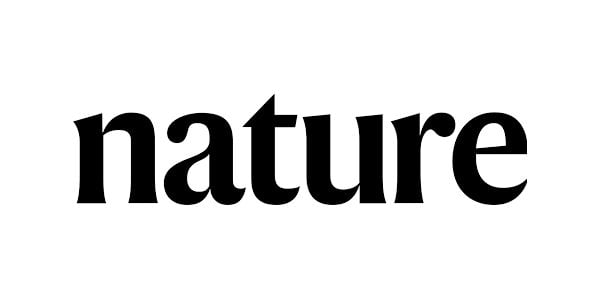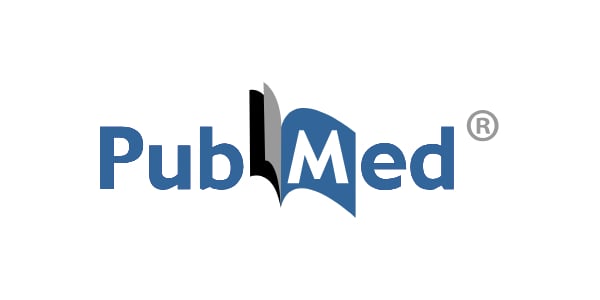1 min read
Far-UVC Light Proven to Inactivate Coronavirus in Populated Rooms
 UV Medico
:
Mar 4, 2024 2:36:32 PM
UV Medico
:
Mar 4, 2024 2:36:32 PM

There are increased risks of contracting COVID-19 in hospitals and long-term care facilities, particularly for vulnerable groups. In these environments aerosolised coronavirus released through breathing increases the chance of spreading the disease. To reduce aerosol transmissions, the use of low dose far-UVC lighting to disinfect in-room air has been proposed. Unlike typical UVC, which has been used to kill microorganisms for decades but is carcinogenic and cataractogenic, recent evidence has shown that far-UVC is safe to use around humans. A high-fidelity, fully-coupled radiation transport and fluid dynamics model has been developed to quantify disinfection rates within a typical ventilated room. The model shows that disinfection rates are increased by a further 50-85% when using far-UVC within currently recommended exposure levels compared to the room’s ventilation alone. With these magnitudes of reduction, far-UVC lighting could be employed to mitigate SARS-CoV-2 transmission before the onset of future waves, or the start of winter when risks of infection are higher. This is particularly significant in poorly-ventilated spaces where other means of reduction are not practical, in addition social distancing can be reduced without increasing the risk.
Latest knowledge from UV Medico

222 nm Far-UVC Light Safely Inactivates Airborne Human Coronaviruses

1 min read
Far-UVC: Innovative Solution to Airborne Microbial Disease Control
 Read More
Read More
.jpg)
ISO 15858:2016 UVC Devices - Safety info - Permissible human exposure

Ultraviolet Lighting During Orthopaedic Surgery and Rate of Infection

ACGIH 2021 Threshold Limit Values and Biological Exposure Indices
.jpg)
1 min read
 UV222™
UV222™ UV222 Linear
UV222 Linear UV222 Downlight
UV222 Downlight Vertex 222
Vertex 222.png) UV222 Pendant
UV222 Pendant.png) UV222 Booth
UV222 Booth.png) UV222 Step-On
UV222 Step-On.png) UV222 Cleanroom Downlight
UV222 Cleanroom Downlight UV222 Dual Downlight 60x60
UV222 Dual Downlight 60x60 UV222 Material Airlock
UV222 Material Airlock UV222 Ambulance
UV222 Ambulance UV222 Compact
UV222 Compact UV222 Industrial
UV222 Industrial